Oak Tree Color
spruceman
15 years ago
Related Stories
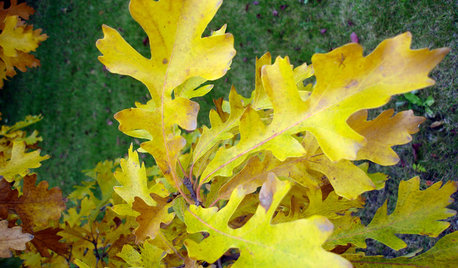
GARDENING GUIDESCelebrate Eastern Oaks for Wildlife, Longevity and Seasonal Interest
There might not be a more important tree to have in your eastern U.S. landscape — if you can fit one in
Full Story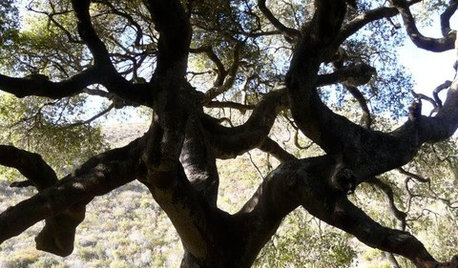
CALIFORNIA NATIVE PLANTSGreat Design Plant: Coast Live Oak
The stuff of legends and memories, this California tree is one to build a whole landscape around
Full Story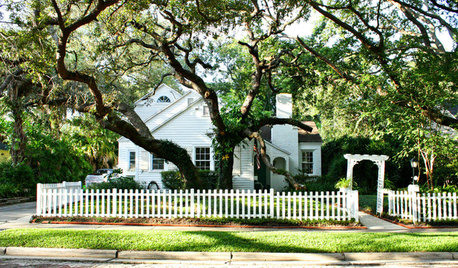
TREESGreat Design Plant: Southern Live Oak Offers an Unbeatable Canopy
Keep it dense or prune it for more light. No matter how you grow Quercus virginiana, it’s a majestic addition to its native landscape
Full Story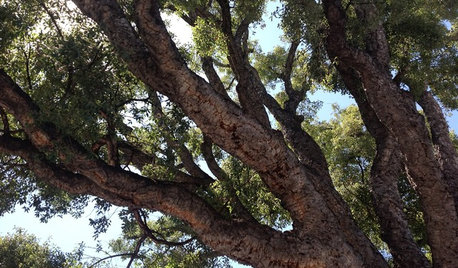
GARDENING GUIDESGreat Design Plant: Cork Oak
Witness an incredible renewable resource being grown while lolling in the abundant shade of this expansive, ever-popular tree
Full Story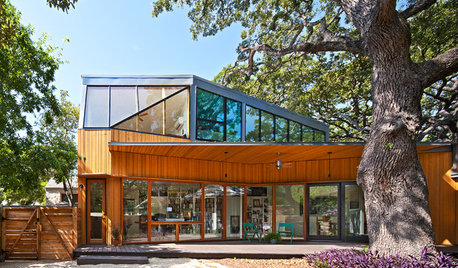
ADDITIONSHouzz Tour: Tree Respect Drives a Dynamic Modern Addition
Protecting a heritage oak calls for creative thinking, and this Texas home shows the successful result
Full Story
GARDENING GUIDESTree Care: Common Tree Diseases and What to Do About Them
Learn to recognize trees that may be affected by diseases or pests so you can quickly take action
Full Story
ECLECTIC HOMESHouzz Tour: Problem Solving on a Sloped Lot in Austin
A tricky lot and a big oak tree make building a family’s new home a Texas-size adventure
Full Story
HOUZZ TOURSMy Houzz: Stately Southern Charm in a Federalist-Style Home
Moss-covered oak trees, European antiques and contemporary style set off this Louisiana home
Full Story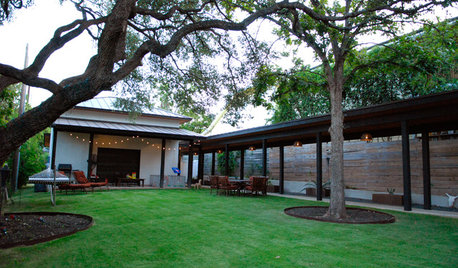
TREESHow to Protect Your Trees When You’re Remodeling or Building
Will your home be undergoing construction this year? Be sure to safeguard your landscape’s valuable trees
Full Story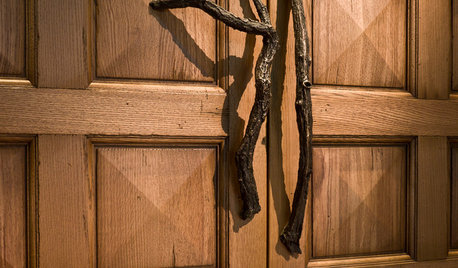
WOODWoodipedia: Make a Solid Choice With Oak
Forget those low-end products of old. Red and white oak today are beautiful, versatile and relatively inexpensive
Full Story





rcnaylor
MissSherry
Related Discussions
Free Oak Trees & Oak Seedlings
Q
Oak tree ID: Is this a swamp white oak?
Q
Live oak tree. When should a Live oak be dormant?
Q
Oak Tree Fungus: Is my oak tree in danger of falling?
Q
Iris GW
pinetree30
jqpublic
sprucemanOriginal Author
MissSherry
sprucemanOriginal Author
MissSherry
scotjute Z8
sprucemanOriginal Author
wisconsitom
pinetree30
sprucemanOriginal Author
sprucemanOriginal Author
jqpublic
GAAlan
sprucemanOriginal Author
jqpublic
sprucemanOriginal Author
GAAlan
lou_spicewood_tx
jqpublic
sprucemanOriginal Author
cacau
quercus_macrocarpa
Pamchesbay
sprucemanOriginal Author
bengz6westmd